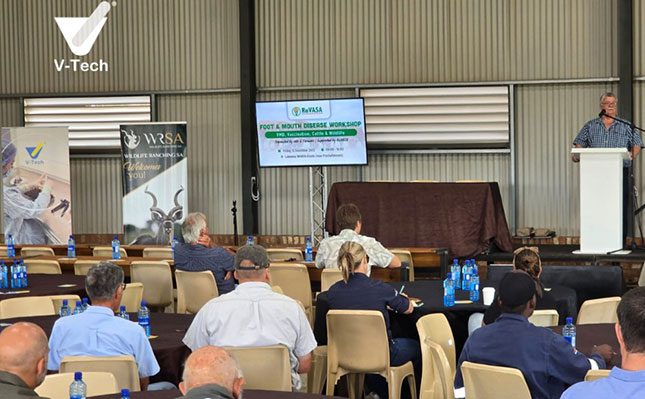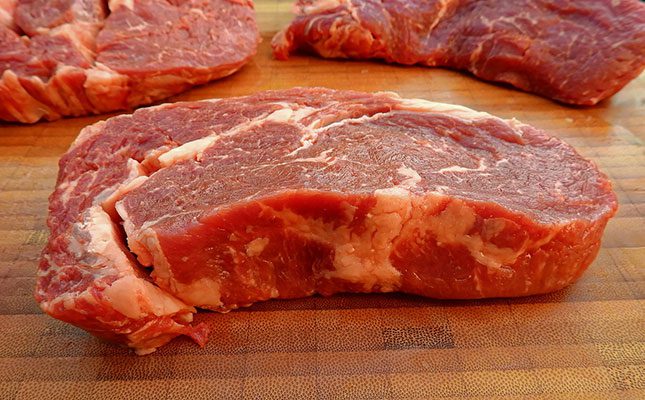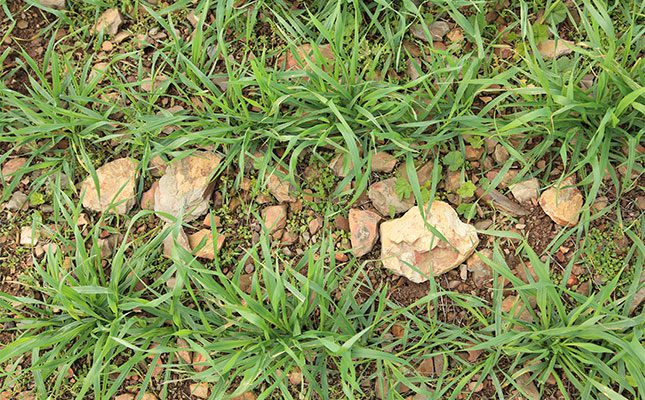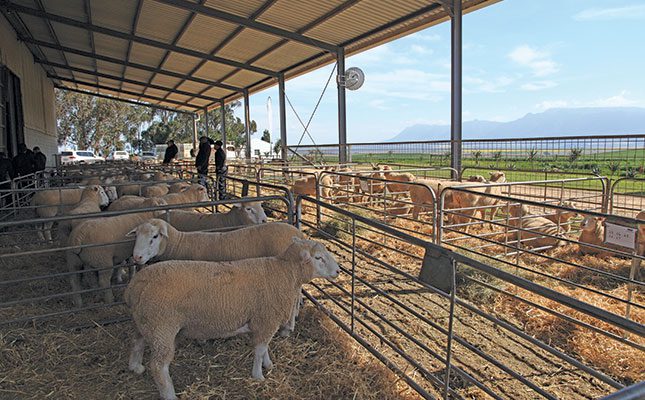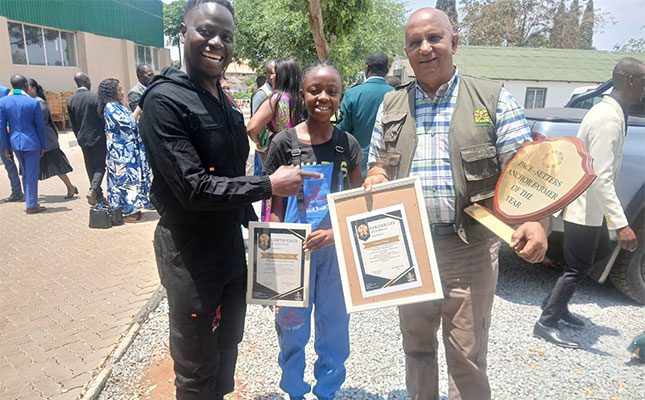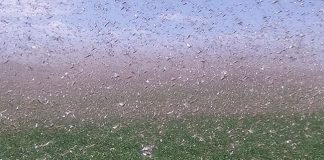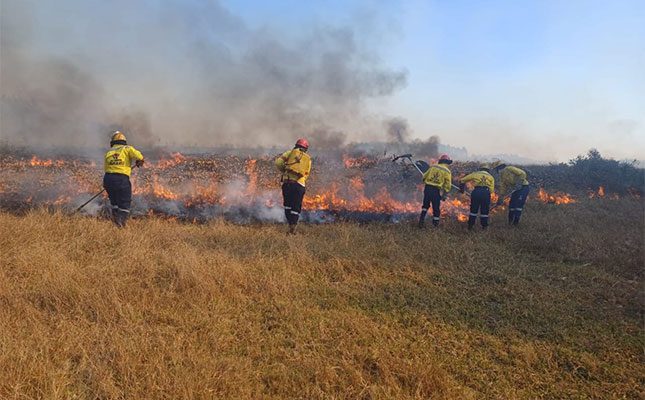
In its recently released Seasonal Climate Watch, the South African Weather Service (SAWS) forecast above-normal rainfall for the southern-western parts of the country and eastern coastal region during mid-winter.
Only the eastern coastal region is expected to receive above-normal rainfall from late winter until early spring, with the outlook for the south-western areas of the country changing to below-normal rainfall.
SAWS, however, noted that the anticipated above-normal rainfall might not be substantial enough to benefit water resources in terms of improving water levels in reservoirs, with possible benefits probably being cancelled out by anticipated above-normal temperatures.
Van den Berg, on the other hand, expected rainfall to remain average to below average in most parts of the country, and especially from late winter into early spring.
Fire hazard
He said that the dry conditions in combination with the large percentage of combustible material in various parts of the summer rainfall area have raised concerns over fire risks this season up until early spring, especially during thunderstorms and when there are strong winds.
His advice to farmers was to re-evaluate their fire action plan, check all their fire equipment, organise themselves and check that everybody knows what they are supposed to do if a fire breaks out. He added that farmers also needed to maintain their fire belts.
Daniel Stevens, executive head of Santam Agriculture, added that farmworkers should be given basic training on veld firefighting and access to appropriate personal protective equipment and clothing.
Farm-level fire management plans should outline defensible areas, evacuation routes, water sources, high-risk areas, and firebreaks should be reasonably clear of any flammable materials.
Farmers should also use mechanisms to receive fire danger ratings or early warnings.
Additionally, Stevens encouraged landowners to join Fire Protection Association in their areas to effectively collaborate and pool resources with their fellow landowners, within the legal framework provided by the Fire Protection Associations.
Frost damages
SAWS expected minimum and maximum temperatures to be above normal for most parts during the winter season, but below normal in parts of the southern coastal region.
Van den Berg said that climate change has resulted in average temperatures getting warmer, as can be seen in the above normal minimum and maximum temperatures, but also in cold snaps that are more extreme.
Subsequently, frost damage danger has been increasing not only geographically, but also in the time it remains a threat, as evidence from the increasing number of regions that experience frost until later in the season.
Stevens said that frost was a high risk for winter crops, and insurance cover was limited but available. However, he added that the risk is systemic, and that certain areas had become uninsurable.
Winter grains
On the positive side, he said the winter rainfall cropping season had been off to a better start than last year, especially in the Swartland, thanks to most regions receiving enough rain to allow them to plant in moisture.
Jannie Strydom, CEO of Agri Western Cape, said that grain farmers in the Western Cape were initially concerned due to the rain being a little late, but most have been able to plant in moisture this year and are now cautiously optimistic about the season.

